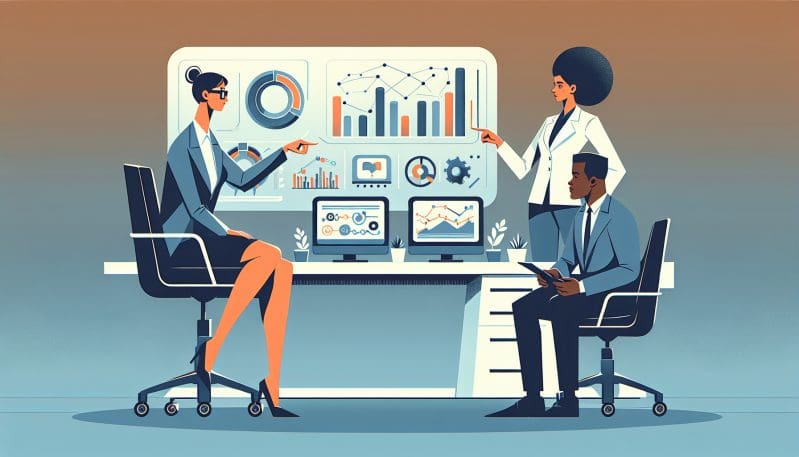Reimagining Mentorship in the Modern Workplace: Navigating the Dynamics of Power and Knowledge
- Home
- Reimagining Mentorship in the Modern Workplace: Navigating the Dynamics of Power and Knowledge
- Editors Desk
- March 15, 2024
- 0 Comments
In the ever-evolving landscape of the modern workplace, mentorship has taken on a new dimension. Where once the traditional mentor-mentee relationship may have sufficed, today’s complex work environment demands more than a one-way transfer of wisdom from the experienced to the novice. Technology, remote work, and workplace diversity have all played their part in reshaping how knowledge and power are exchanged in professional settings.
The conventional model of mentorship often mirrored hierarchical structures within organizations, with mentors typically assuming the role of the seasoned expert guiding a less experienced mentee. However, this dynamic is increasingly becoming a relic of the past as the workplace grows more collaborative and less rigid in its power structures. In light of these changes, it’s imperative to critically analyze the effectiveness of current mentorship models and seek innovative approaches to enhance career development.
A reimagined mentorship structure should empower both mentors and mentees. By fostering a two-way, reciprocal learning experience, this approach can balance power and create a more equitable exchange of knowledge. The traditional mentor, often a senior employee, has much to learn from the digital fluency and fresh perspectives offered by new entrants to the workforce. Conversely, mentees gain insights from the deep industry knowledge and soft skills that seasoned professionals have honed over years of experience.
Organizations can nurture a culture of continuous learning by developing programs that cater to individuals at all career stages. This might include peer mentoring, interdepartmental learning opportunities, and platforms for sharing diverse skill sets and experiences. Such initiatives can not only facilitate personal and professional growth but also contribute to a more dynamic, agile workforce.
Mentorship programs are also an essential tool for bridging the generation gap. As baby boomers work alongside Gen Zers, there is potential for a rich exchange of skills and knowledge. By strategically pairing individuals who can offer what the other lacks, organizations can foster an environment where traditional expertise melds with new-age skills, promoting a culture of continuous innovation.
Diversity and inclusion are further enhanced by mentorship. Intentional pairing strategies can help break down organizational siloes and enable individuals from varied backgrounds to connect and learn from one another. This goes a long way in promoting a more inclusive work environment where different perspectives are valued and leveraged for the collective good.
In implementing such programs, it is crucial for companies to devise metrics that can assess the impact of mentorship. Regular feedback loops, career progression tracking, and engagement levels are just a few metrics that can provide insights into the effectiveness of mentorship initiatives. Armed with this data, organizations can continuously refine their programs to align with the evolving needs of their workforce.
In conclusion, as we reimagine mentorship in the modern workplace, it is not just about transferring knowledge; it’s about creating a collaborative space where all can grow together. By embracing change and promoting diversity, mentorship can serve as a catalyst for a more empowered, knowledgeable, and inclusive workforce.

